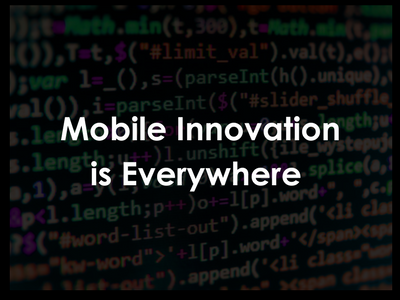I recently had an opportunity to join thousands of developers at Facebook’s F8 Developer conference that featured a flurry of announcement ranging from a new Camera Effects Platform for bringing AR to your phone to a new social VR experience called Spaces. A revamp of Messenger doubles down on bots and extends the platform to make it far easier for businesses to interact with customers. And more amazing, they announced telepathic typing so your fingers don’t have to do so much work. I thought that I had grown accustom to the speed of innovation and the power of the imagination, but I was sincerely blown away.
In addition to a sense of awe, I left F8 more convinced than ever that we are at the dawn of technological innovation not the dusk, and particular so as it relates to the mobile ecosystem. Every time the market, a prognosticator, or a policy maker claims the market is now mature enough to truly understand, something like telepathic typing is introduced as not only possible, but commercially available (soon).
Juxtapose (in time and concept) what I saw in San Jose with the on going European Commission investigation of Google practices in the mobile ecosystem, largely predicated on the claim that Android’s owner was stifling innovation, and it feels a like we are living in two realities.
In the first reality, since 2015, we have seen innovation speed up and expand through out the mobile ecosystem. The first – albeit rudimentary signal – is the number of apps available. According to AppAnnie, there has not been any decline in the numbers of apps available in app stores, the total number of mobile application developers, or their users – 1.4 billion in 190 countries at last check. Android downloads from both Google Play and elsewhere will have an annualized rate of 23 percent to 299.9 billion downloads by 2020. More and more apps, easily accessible and that could be downloaded in a few seconds.
The recent announcement of Bixby, Samsung’s digital assistant, which now joins Siri, Alexa, Cortana, Google Assistant, etc., on the open consumer market portends a more nuanced but more telling sign. The world’s most innovative companies are competing with each other, upstarts, and market forces. As they should be, and as they have always done. Speaking of upstarts, Snap explained in its S-1 “We compete for engagement in an environment where anyone can distribute products instantly and often at no cost to the user. We think the best way to compete is to make great products that people will want to use. As such, we invest heavily in product innovation in an effort to drive user engagement.” It is also noteworthy that mobile operators – Orange and Deutsche Telekom have also revealed their own DA tools.
Its a bold new world.
This new world is not, as some feared, a sequel to the stagnation of desktop browser innovation of the late 90’s. In this new world where digital scale is instantaneous, vertical integration essential and any level of market dominance as fragile as your next product launch, the ecosystem at large and the economy that drives it is without precedent. The past is not prologue and the future of this market is unwritten…though, apparently sooner than later I’m going to be able to write about it using only my mind.
Jake Ward
President & CEO






